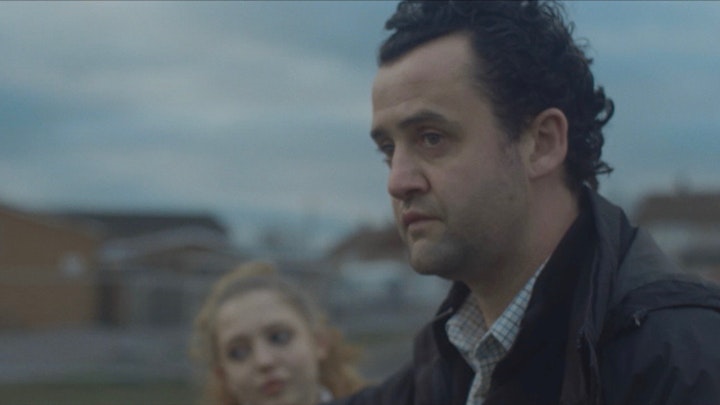
Working with Partizan director Tom Beard to create an intense and uncomfortable soundscape for his beautifully moody and provocative short film; RAGS, was an extremely rewarding challenge.
Set somewhere in the mid-late 1990s;
Rags is a story of abuse and adulteration, told through the fleeting repressed memories of a teenage mother. Skipping backwards and forwards through time, we unravel the dark revelations of grooming and sexual abuse in her past at the hands of the very person who was meant to protect her.
Our primary objective was to build an oppressive and claustrophobic sonic environment that makes the viewer as uncomfortable as possible, but one that’s also a restrained, understated component of the story. This, to me, was an exciting opportunity to create a dynamic soundtrack, playing with severe loud/soft contrast between scenes and to experiment with a very powerful sound tool I’ve been keen to explore for a while; silence.
Film director Mike Figgis notes about his use of silence in Leaving Las Vegas (1995):
“…[that] moment in the film – in a crowded cinema…was extremely uncomfortable when he’s so distressed…suddenly, it’s so quiet in the cinema that you can literally hear everything, and you don’t have the protection of the sound blanket of mush…there’s nowhere to go. It’s like that moment when suddenly you’re talking animatedly and then everybody stops talking and you realise your voice is a bit loud”
[Figgis, M. 2003 Silence: The Absence of Sound. In: Sider et. al (eds.) Soundscape: The School of Sound Lectures. London: Wallflower Press, 2003: pp.2]
This is exactly what I wanted to achieve with the sound design for RAGS, and I was pleased to have experienced a similar level of discomfort when watching the premier screening of our film at The Prince Charles Cinema. The juxtaposition between the oppressively tense loud scenes with the near silence or, in some cases, total silence of the next scene was pretty unsettling.
In some instances – keen not to over-use the silent treatment - we opted for oppressive tones and agonisingly intense ‘tinnitus’ whines. These served to link together memory sequences across the film and bring some surrealism to the otherwise gritty, real-world sound bed.
These tones were treated in a number of ways, from the simple use of pitched raw sine waves to create discordant, oppressive tinnitus sounds, to the morphing of a telephone (amongst other things) with high pitched drones using the aptly named Zynaptiq plug-in; Morph. With this, I could take an ordinary real world sound from the diegesis, blur it into something sustained, unidentifiable (yet familiar in tone) using Michael Norris’ Spectral Dronemaker amongst other spectral plugins in his range (kettles boiling, clocks ticking, babies crying were all given the Michael Norris spectral treatment) and morph it into something else to produce an eerie tone that grows out of the real-word sound bed from whence it came.
Here’s a soundbite of a spectrally blurred baby cry:
And here are some screenshots of various Morph and spectral drone-making set-ups from my Pro Tools session for RAGS:


And if all the intensity gets a bit much, at least we can enjoy the odd moment of catchy, positive joyfulness from 90s heroes Ace of Base. Excellent.
RAGS is currently doing the festival circuit – I will post a link to the film as soon as it is available online.
Watch this space!
Thank you to Tom Beard, Jason Oakley, Emma Stone & all at Partizan for getting me involved on such a great project and to String and Tins for the linkup, support and facilitation!

